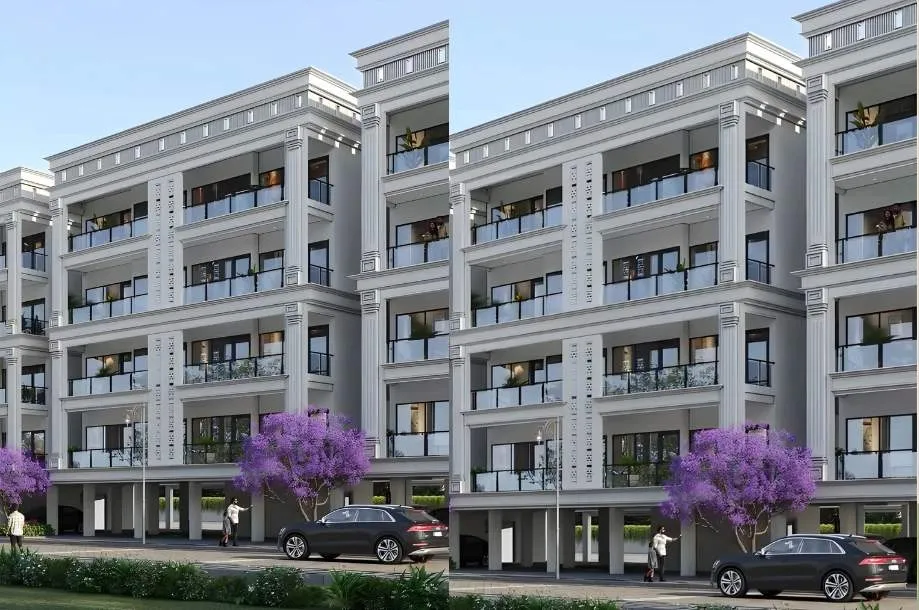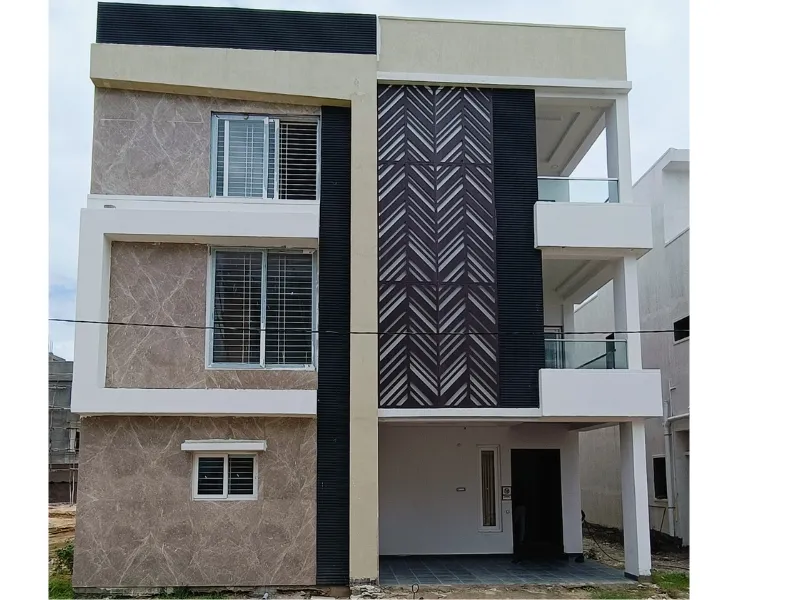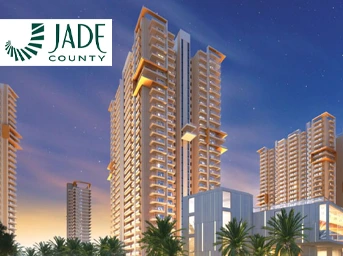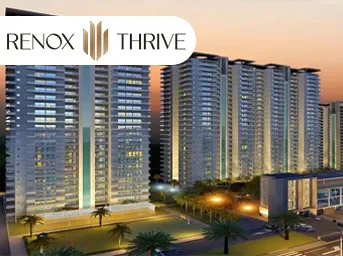Converting Existing Buildings Into Energy-Efficient Structures
Koheli
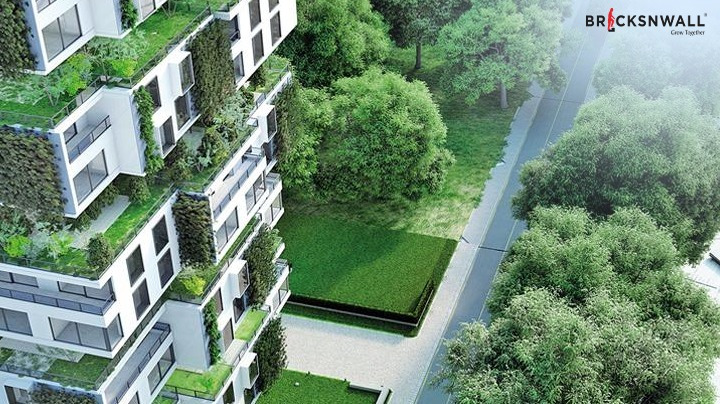
According to market estimates, India will surely
add 11.5 million homes annually by 2020, making it the third-largest construction
market in the world. With increased urbanization and strong economic growth,
the construction industry is one of India's fastest-growing sectors, creating
work for approximately 18 million people.
The sector is currently one of the country's significant
producers of carbon emissions. It is responsible for 22% of India's overall
carbon emissions. With all the attempts to reduce the nation's housing
shortage, which affects over sixty million homes and adds to their sector's
enormous energy and resource regions, it is anticipated that this effect will
intensify.
India's development industry is flourishing in the
modern era and expanding new properties. It will almost certainly reduce
India's carbon impact a little. However, it may be introduced gradually into
your more important level when laws and regulations like building design and
construction duties are executed. However, converting old properties into
cultured, green structures will be the most significant task.
Players in the market must consider how to design
sustainable cities and residences; the variety of existing structures is
enormous. The only way to address concerns about power efficiency is to convert
older homes since there is an opportunity to reduce significant energy use
within the current building inventory. It is a proven truth that improving
power efficiency is inexpensive to support some of the leading causes of
climate change.
According to the situation, only two of the total
number of buildings in the UK have received a green property license. In
contrast, staying persistent in absorbing massive sums of power. The United
States was forced by this situation to deal with the problem more forcefully,
and there was an increase in the number of building projects aiming to be recognized
as green constructions.
Methods that might easily be incorporated into the
current construction include:
• Strong Lights, air-conditioning, and heating
• Water conservation and competent water management
• Active use of the Pure lighting and ambiance through
reorienting those openings and windows.
• The use of effective insulating building
materials reduces radiation and heat convection.
• Effective occupancy is dependent on managing
light and air conditioning loads.
Additional techniques that work simultaneously
Other blending systems could include rooftop solar
processes and end systems powered by the sun. Both have the potential to
quickly balance the requirement for energy derived from fossil fuels, hence
reducing carbon footprint. Utilizing far more dangerous chemicals is a terrific
alternative. It may be possible to go even further in converting existing
buildings to green types by draining and reusing wastewater with the best
possible treatment, employing organic and organic sound waste for more purposeful
activities like composting and energy production.
By the Indian Green Building Council, there are
2,204 approved green constructions in India. Nevertheless, it's anticipated to
increase by approximately 1 lakh from 20-25. Hospitals, offices, resorts, IT
parks, airports, banks, residential complexes, specialized financial zones
(SEZ), and townships are among the green development projects that have been
given the green light. Management plans and policies might encourage the
development of many more environmentally friendly properties. Strict regulatory
measures would likely be the absolute most successful and cost-efficient in
bringing about a green transformation of this industry, taking into account
hidden costs and encouraging failures that explain the structure of the
company.
The notion of net-zero metering for water and energy (while considering rainwater collecting) may persuade consumers to choose your environmentally friendly building design. Additional incentives like a higher living area index (FSI) or lower municipal taxes might improve this excellent idea.
